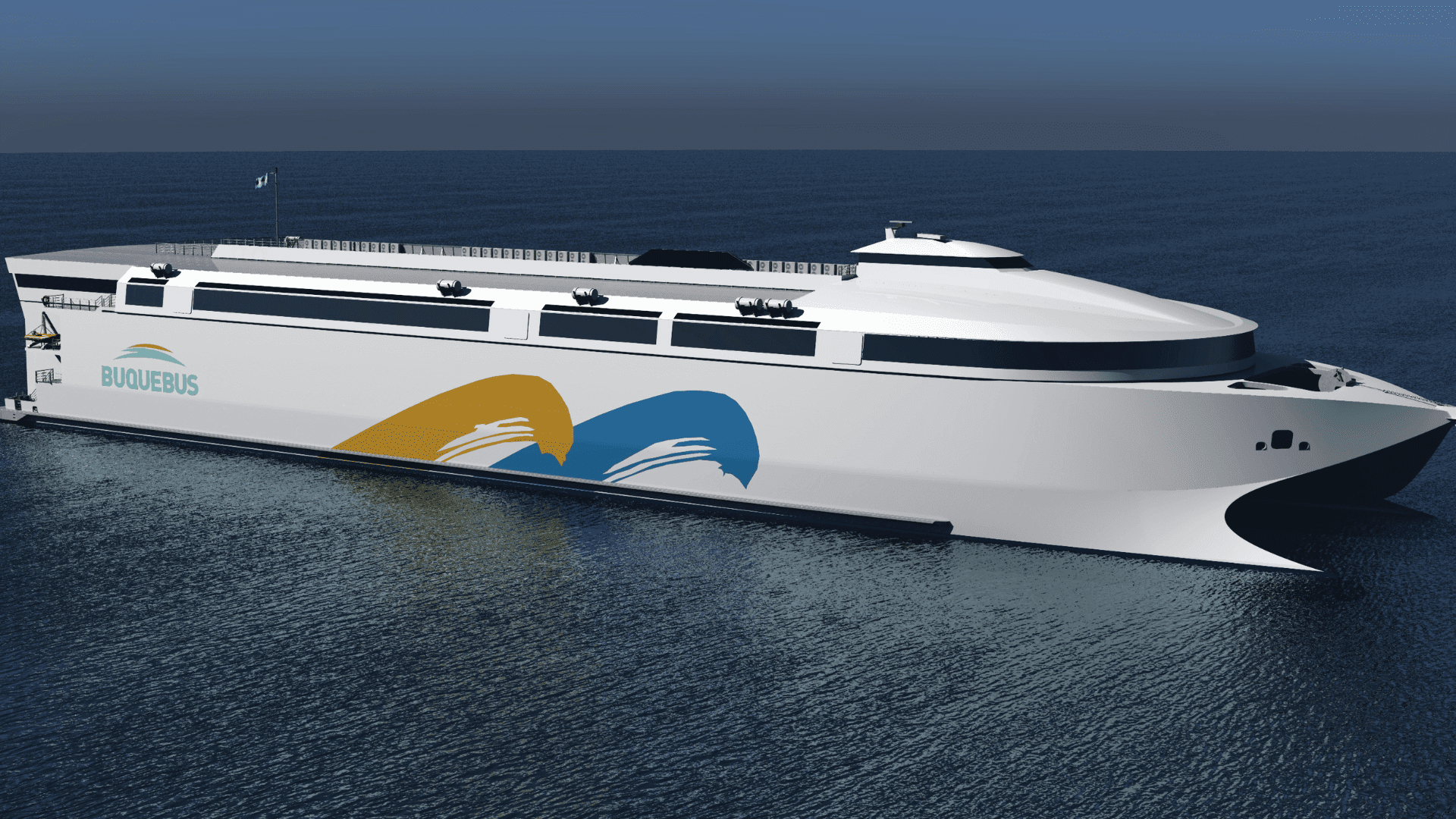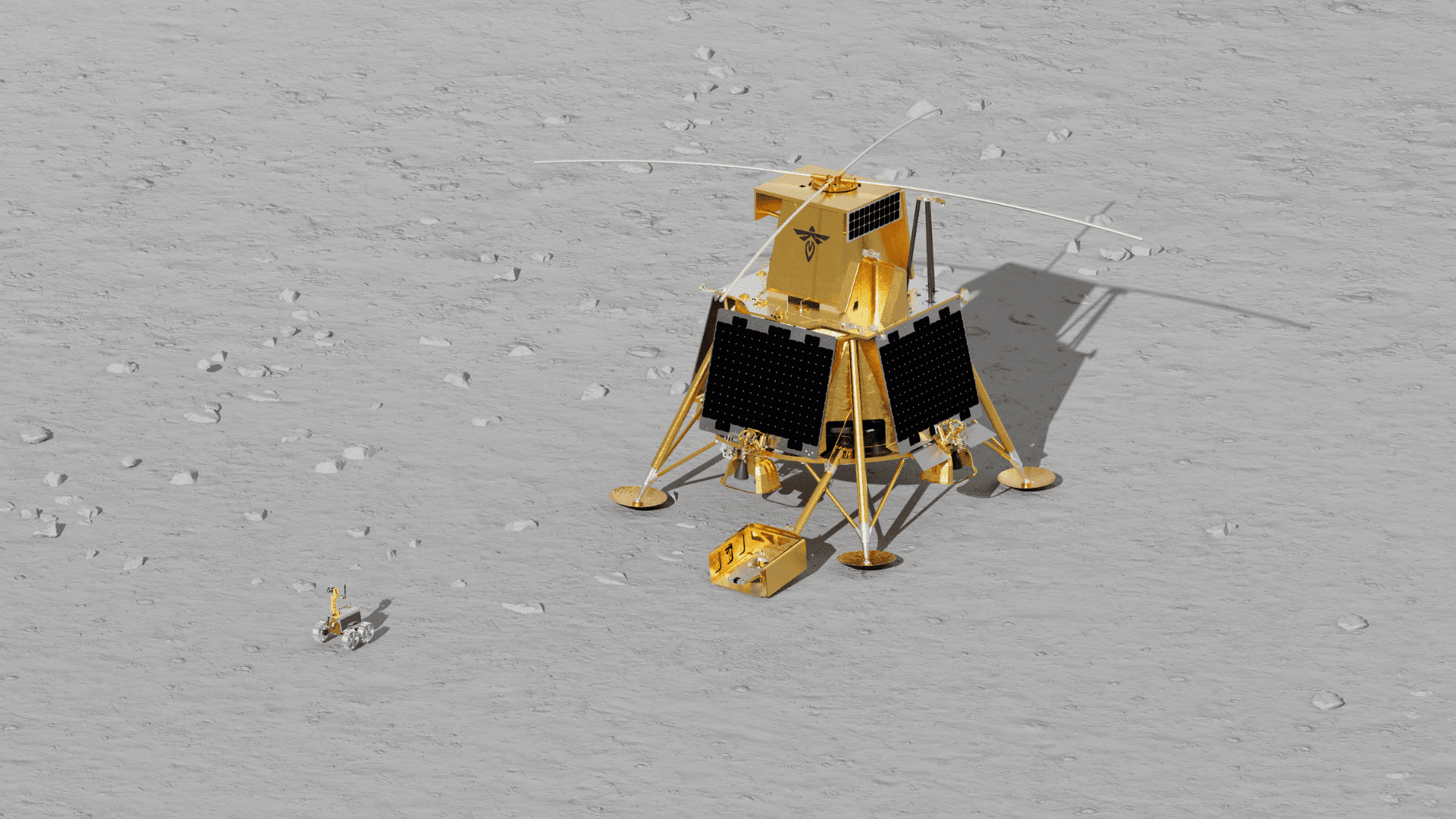Scientists from Nanyang Technological University (NTU) Singapore have unveiled a practical framework for establishing carbon-neutral data centers in Low Earth Orbit (LEO). Researchers and scientists argue that the concept could help solve rising energy and land constraints faced by modern computing.
The idea was published in the peer-reviewed journal Nature Electronics. It asserts that space offers unparalleled environmental advantages for sustainable computing.
Harnessing Solar Power and Deep Space Cold

NTU’s Professor Wen Yonggang led the research. The study outlines how orbital data centers could achieve net-zero carbon emissions by leveraging solar energy and natural radiative cooling from the extreme cold of deep space (averaging -270.45 degrees Celsius).
This is particularly relevant as AI-driven computing demand is projected to increase by 165% by 2030. As a result, it puts immense strain on the current infrastructure. In land-scarce cities like Singapore, data centers already account for approximately 7% of the national electricity usage, a figure expected to rise to 12% by 2030.
“Space offers a true sustainable environment for computing. We must dream boldly and think unconventionally if we want to build a better future for humanity,” said Professor Wen. “By harnessing the sun’s energy and the cold vacuum of space, orbital data centers could transform global computing.”
He added, “Our goal is to turn space into a renewable resource for humanity, expanding AI capacity without increasing carbon emissions or straining Earth’s limited land and energy resources.”
Two Models for Orbital Data Centers
The NTU team proposed two feasible models for implementing this concept using constellations of satellites in LEO (160 to 2,000 kilometers above Earth):
Orbital Edge Data Centers: Imaging or sensing satellites equipped with AI accelerators would process raw data directly in orbit, reducing data transmission volumes to Earth by over a hundred times.
Orbital Cloud Data Centers: Satellite constellations fitted with servers, broadband links, and solar/radiative cooling systems would collectively perform complex computing tasks, such as scientific simulations and AI model training.
The researchers collaborated with NTU deep-tech spin-off Red Dot Analytics. These researchers validated the concept using a digital twin model that simulated power consumption and cooling efficiency. Researchers confirmed that the cold vacuum of space allows for significantly more efficient heat release than is possible on Earth.
Rocket launches are currently carbon-intensive. However, the NTU study introduced a new metric called the life-cycle carbon usage effectiveness (CUE). This new metric demonstrates that solar-powered orbital data centers could offset their launch emissions within a few years of operation.
With advances in reusable rockets and hardware, the technological readiness for this space-based solution is accelerating.







